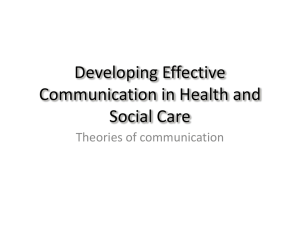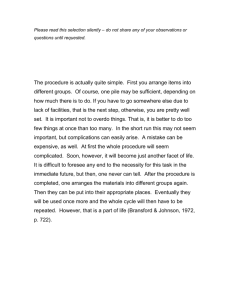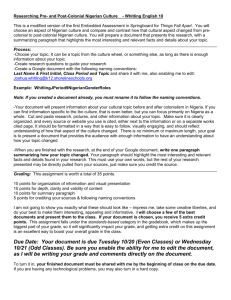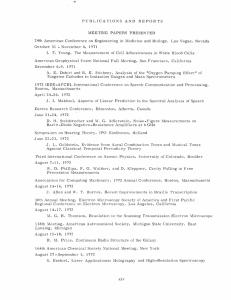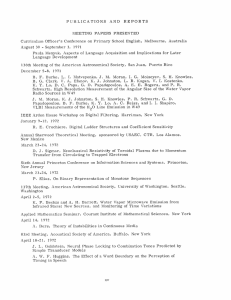HOW TO TAKE NOTES FOR AP GOVERNMENT
advertisement
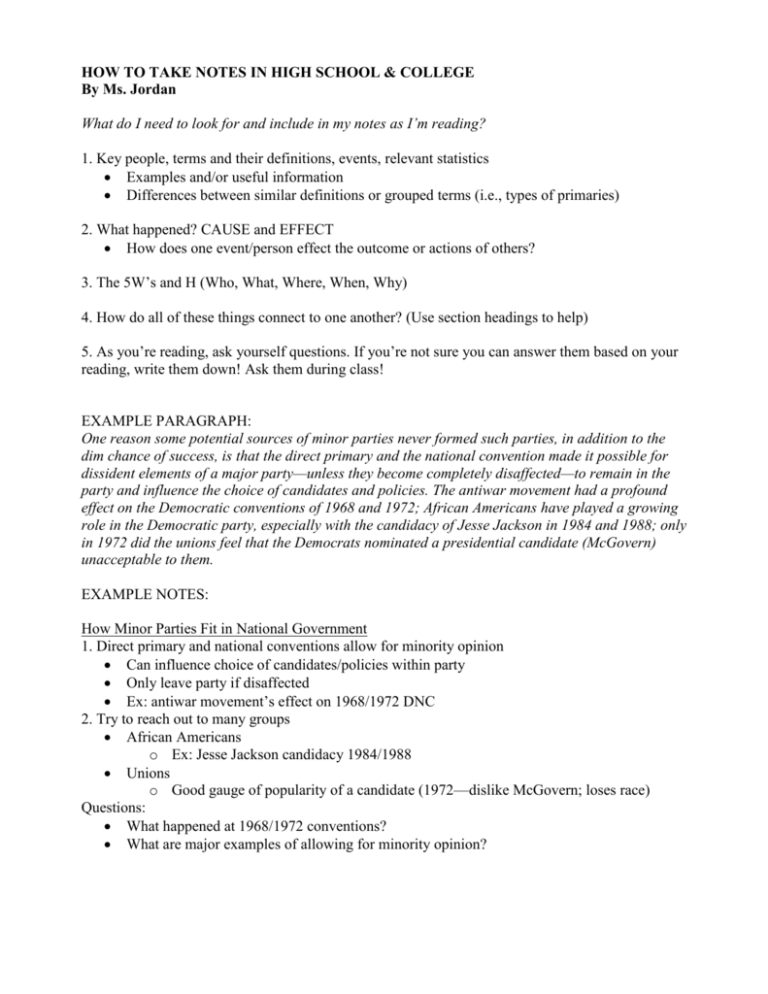
HOW TO TAKE NOTES IN HIGH SCHOOL & COLLEGE By Ms. Jordan What do I need to look for and include in my notes as I’m reading? 1. Key people, terms and their definitions, events, relevant statistics Examples and/or useful information Differences between similar definitions or grouped terms (i.e., types of primaries) 2. What happened? CAUSE and EFFECT How does one event/person effect the outcome or actions of others? 3. The 5W’s and H (Who, What, Where, When, Why) 4. How do all of these things connect to one another? (Use section headings to help) 5. As you’re reading, ask yourself questions. If you’re not sure you can answer them based on your reading, write them down! Ask them during class! EXAMPLE PARAGRAPH: One reason some potential sources of minor parties never formed such parties, in addition to the dim chance of success, is that the direct primary and the national convention made it possible for dissident elements of a major party—unless they become completely disaffected—to remain in the party and influence the choice of candidates and policies. The antiwar movement had a profound effect on the Democratic conventions of 1968 and 1972; African Americans have played a growing role in the Democratic party, especially with the candidacy of Jesse Jackson in 1984 and 1988; only in 1972 did the unions feel that the Democrats nominated a presidential candidate (McGovern) unacceptable to them. EXAMPLE NOTES: How Minor Parties Fit in National Government 1. Direct primary and national conventions allow for minority opinion Can influence choice of candidates/policies within party Only leave party if disaffected Ex: antiwar movement’s effect on 1968/1972 DNC 2. Try to reach out to many groups African Americans o Ex: Jesse Jackson candidacy 1984/1988 Unions o Good gauge of popularity of a candidate (1972—dislike McGovern; loses race) Questions: What happened at 1968/1972 conventions? What are major examples of allowing for minority opinion? Reading your textbook and notes to prepare for an exam Read teacher-created materials Objectives, PowerPoints, summaries Gives you an overview of what you need to learn Put key terms, events, and people on different sets of cards Preview the text by skimming (5 minutes) Read only section headings/subheadings, graphics, chapter summary Quiz yourself at the end of the chapter (What do I need to learn?) Speed-read the chapter (10 minutes) Move index finger, pencil, or index card down the middle of the reading Let eyes follow it down the reading, identifying major themes and ideas Quiz yourself at the end of every major section, trying to fill in context Actively read the chapter! Scan each paragraph, then quiz yourself by trying to summarize each paragraph into 1-2 sentences Ask questions and create hypotheses as you scan Fill in key terms and do any homework Adapted from: http://www.slideshare.net/plutoniumkiler/how-to-read-in-ap-world-history
